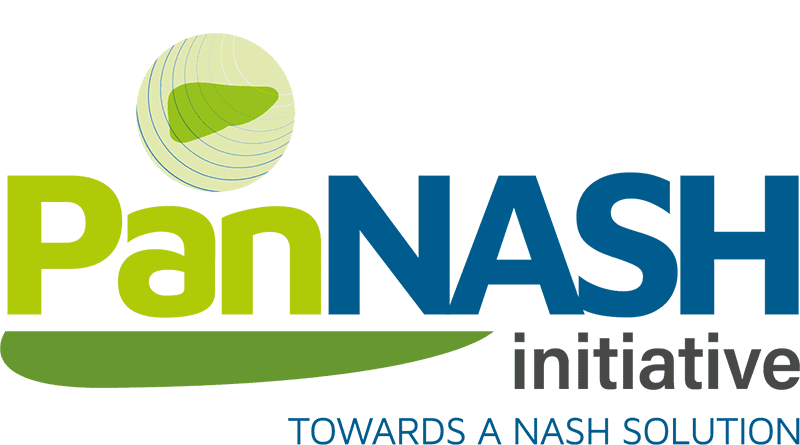Commentary
Metabolic substrate overload, insulin resistance, lipotoxicity, endoplasmic reticulum stress, inflammasome activation, inflammation, hepatocyte death, and fibrogenesis represent a potential target area of therapy and many are now being evaluated in preclinical studies as well as phase 1, 2, and 3 clinical trials.
Like patients with other complex diseases, patients with NASH likely arrive at this histologic phenotype for a variety of genetic, epigenetic, behavioral and environmental reasons that probably differ among patients. The implication of this complexity and heterogeneity is that no single therapy will likely work for all patients.


Hepatic inflammatory responses in liver fibrosis